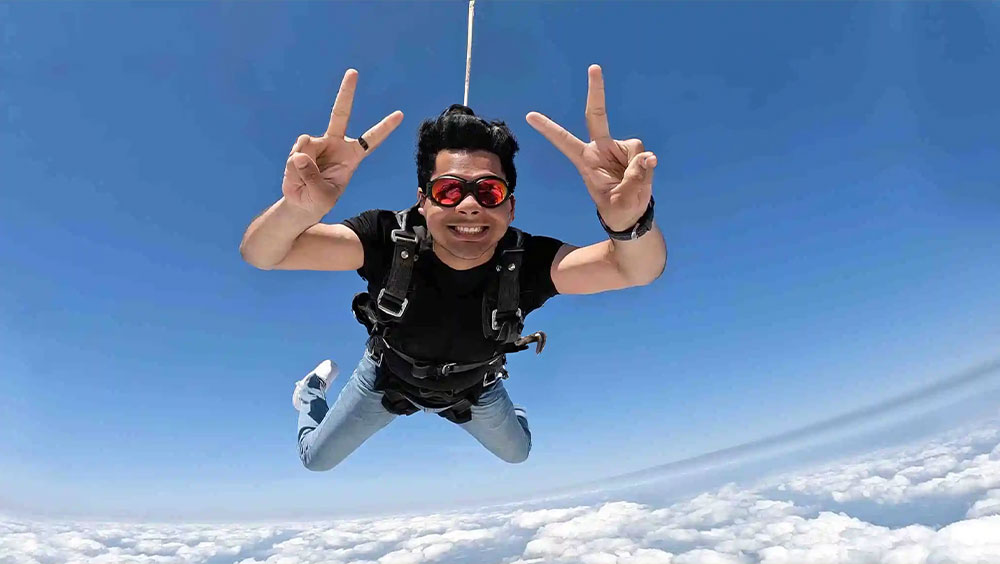Skydiving is an exhilarating experience that takes you thousands of feet above the ground before plunging into a thrilling freefall. But just how fast do you fall when skydiving? Understanding the speed and forces at play can help both beginners and experienced jumpers appreciate this extreme sport even more. In this article, we’ll break down the science behind skydiving speeds and what determines how fast you descend.
What Determines Your Skydiving Speed?
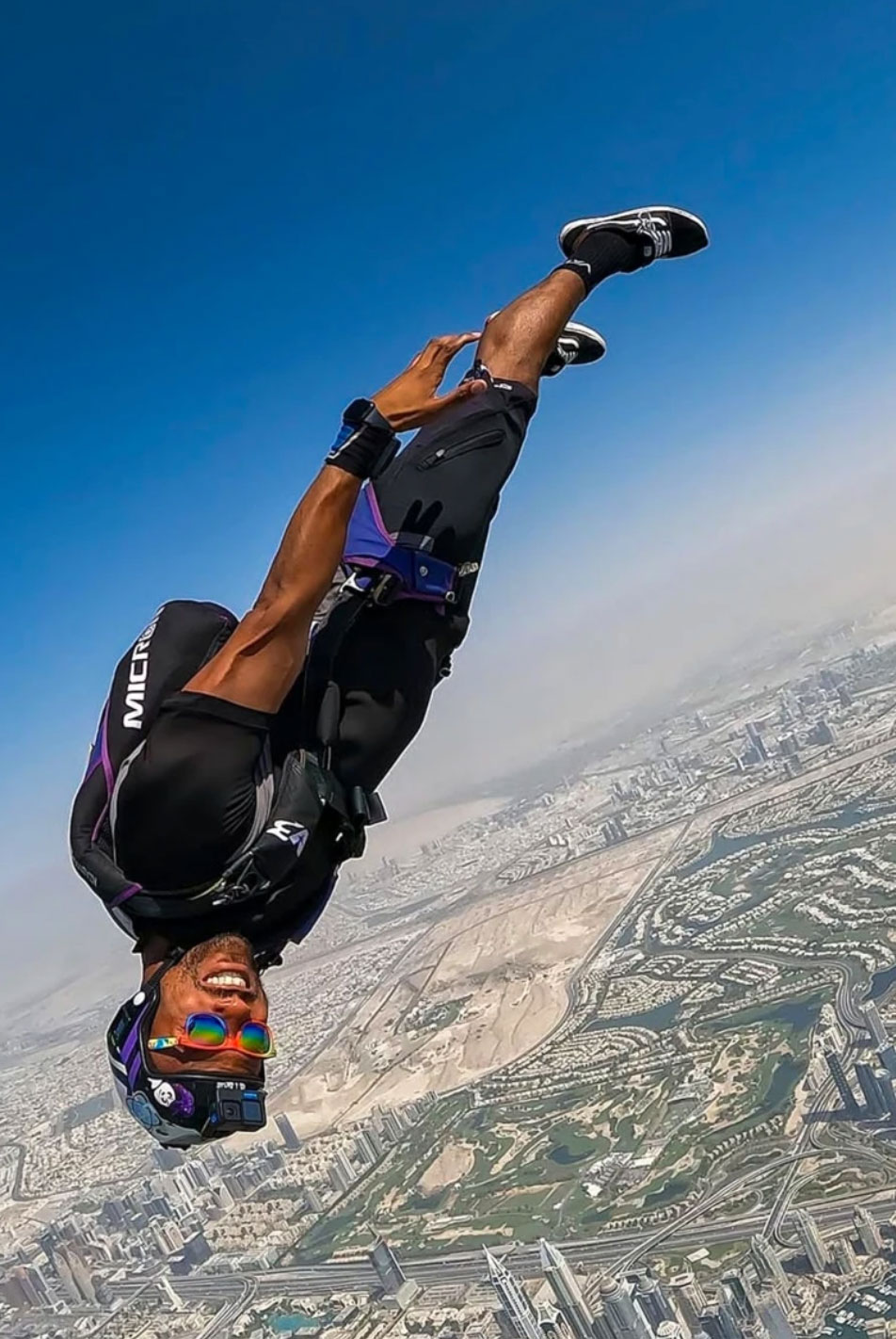
Several factors influence how fast you fall when skydiving, including body position, weight, and air resistance. A skydiver in a belly-to-earth position, for example, falls at a different rate than someone in a head-down dive. These variables work together to determine your overall falling speed..
What Is Terminal Velocity in Skydiving?

Terminal velocity is the maximum speed a skydiver can reach during freefall. When air resistance balances out gravitational force, acceleration stops, and the skydiver continues to fall at a steady speed. The average terminal velocity for a skydiver in a belly-down position is approximately 120 mph (193 km/h)..
How Fast Do You Fall When Skydiving In Different Positions?
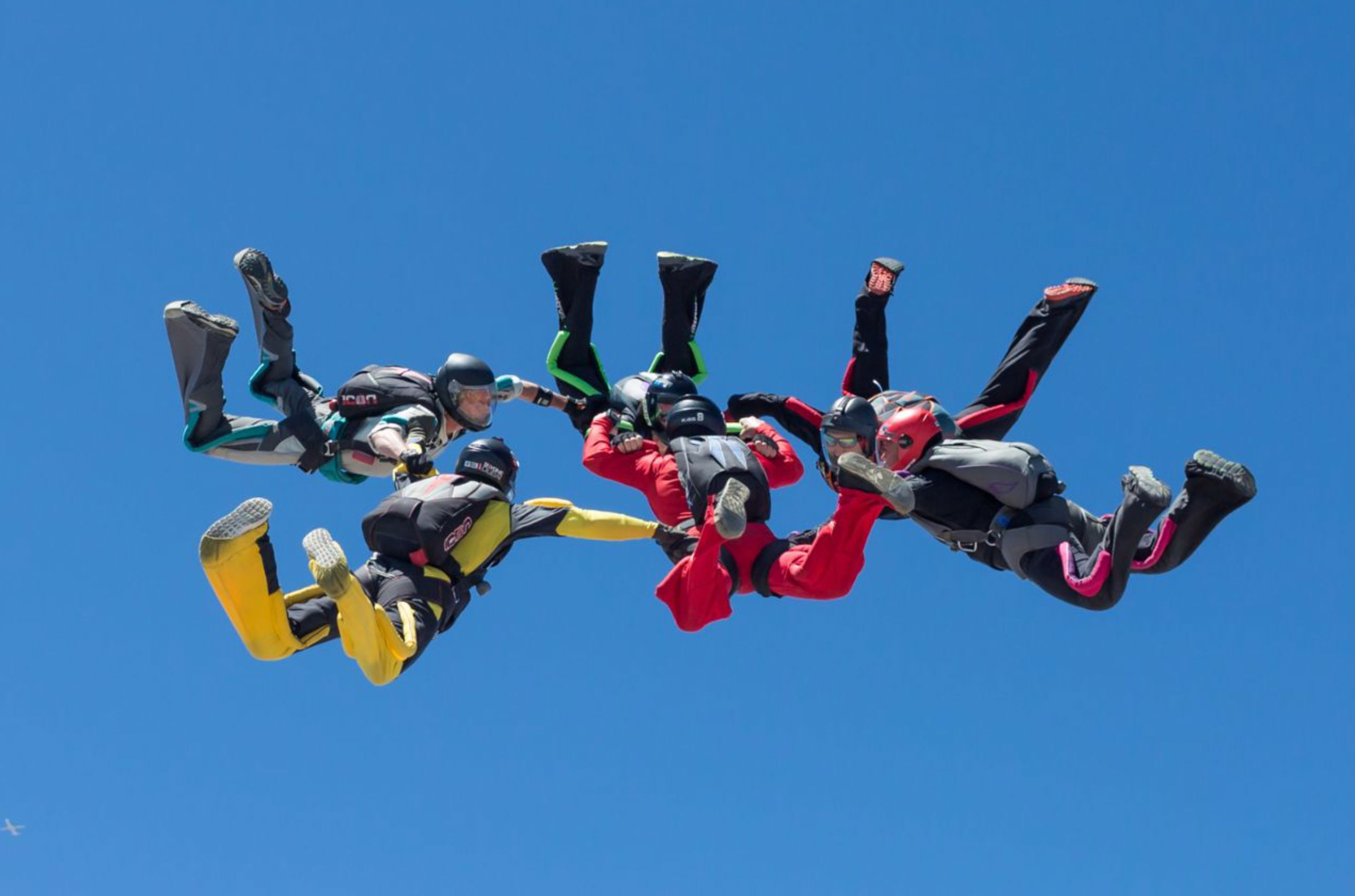
Skydiving positions dramatically affect how fast you fall. A standard belly-to-earth position results in speeds around 120 mph. However, a head-down or feet-first position reduces air resistance, allowing freefall speeds of up to 180-200 mph (289-322 km/h)..
How Altitude Affects Freefall Speed
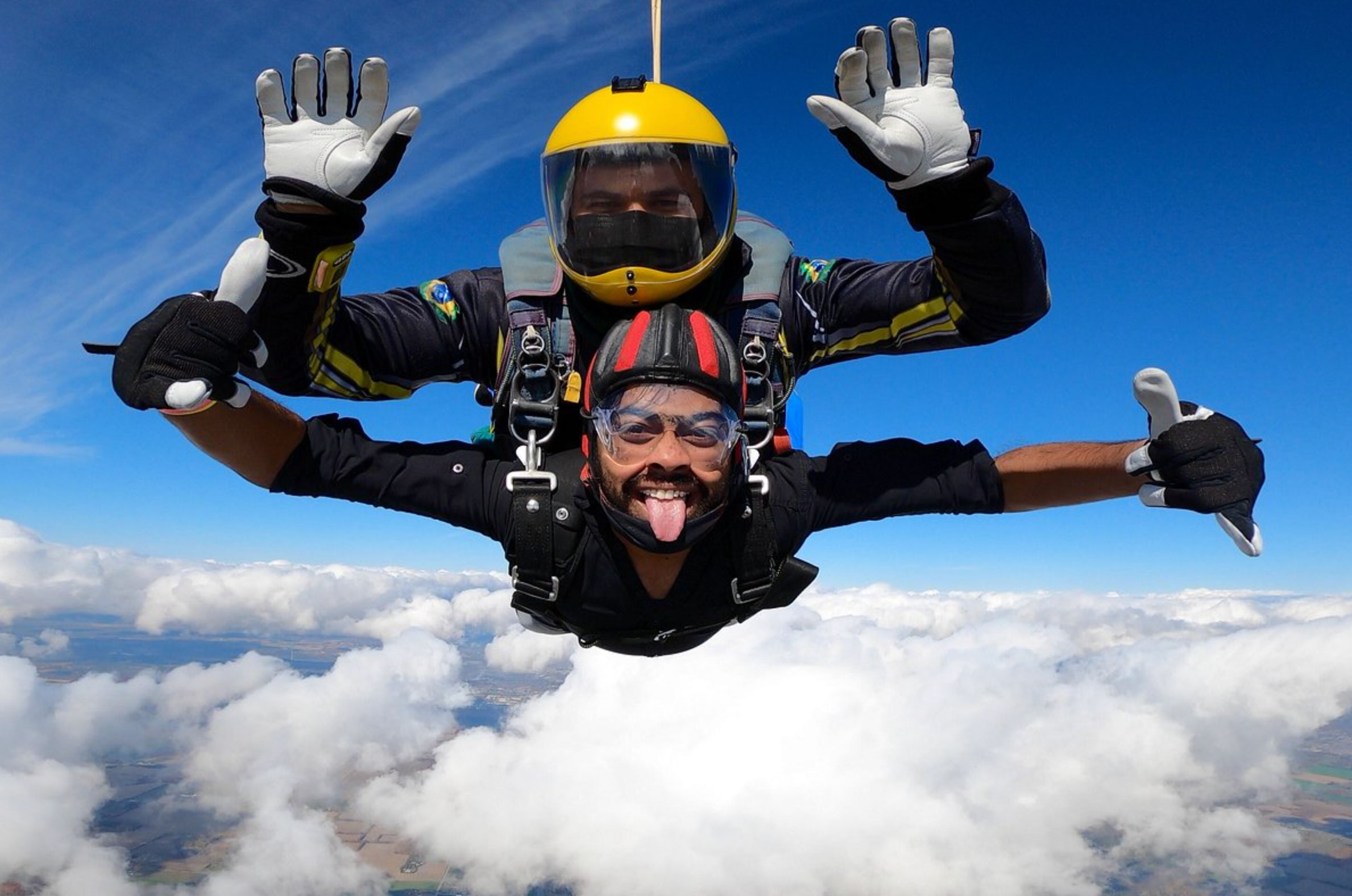
Higher altitudes mean thinner air, which can impact your freefall speed. Although gravity remains consistent, reduced air resistance at high altitudes allows higher speeds before reaching terminal velocity. This is why high-altitude jumps often result in faster freefalls..
How Parachutes Influence Falling Speed
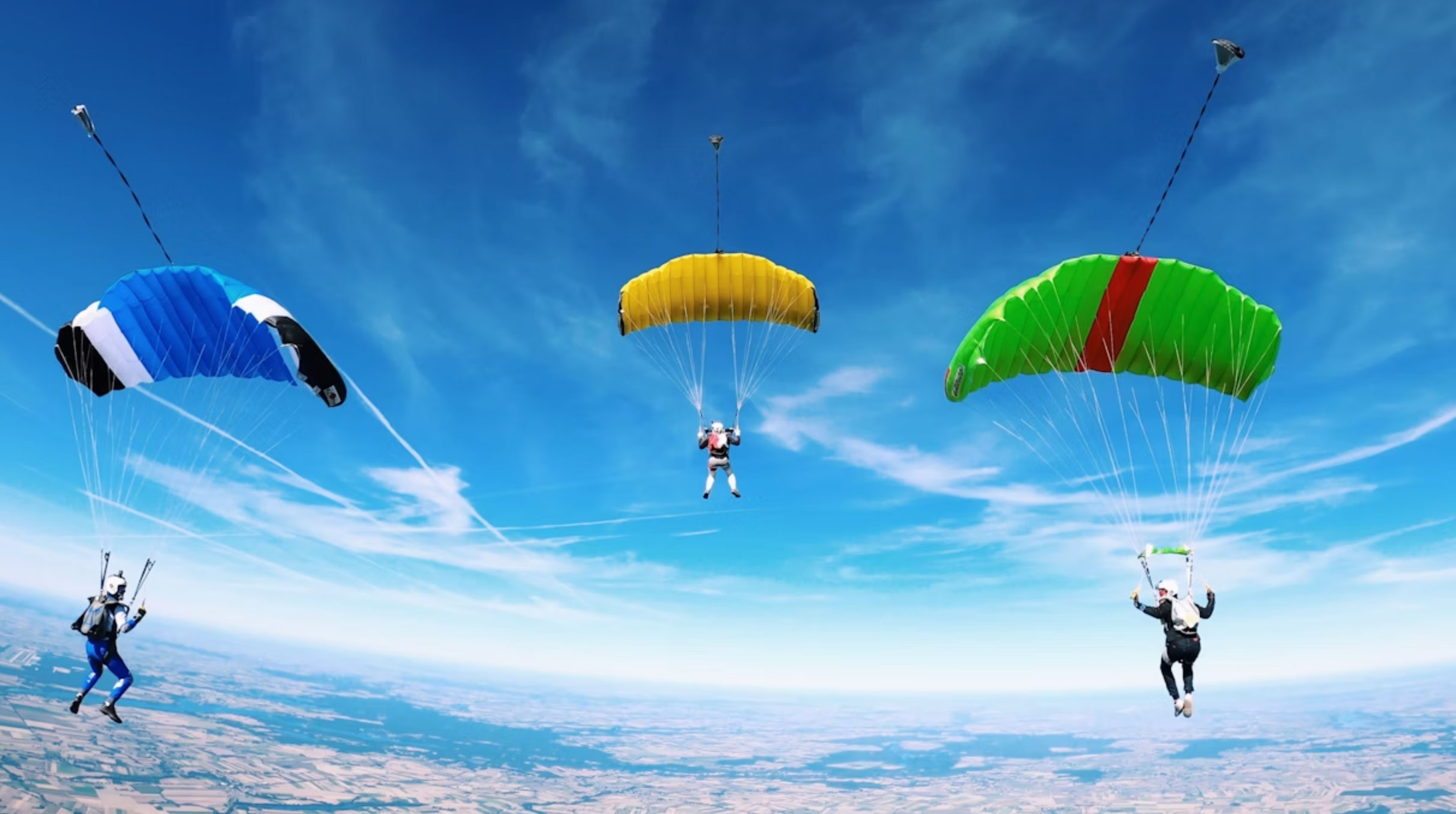
When a parachute deploys, it drastically reduces freefall speed by increasing air resistance. A parachute can slow descent to about 10-15 mph (16-24 km/h), making for a smooth and controlled landing. The effect of parachute deployment is crucial for skydiver safety..
How Long Does Freefall Last?
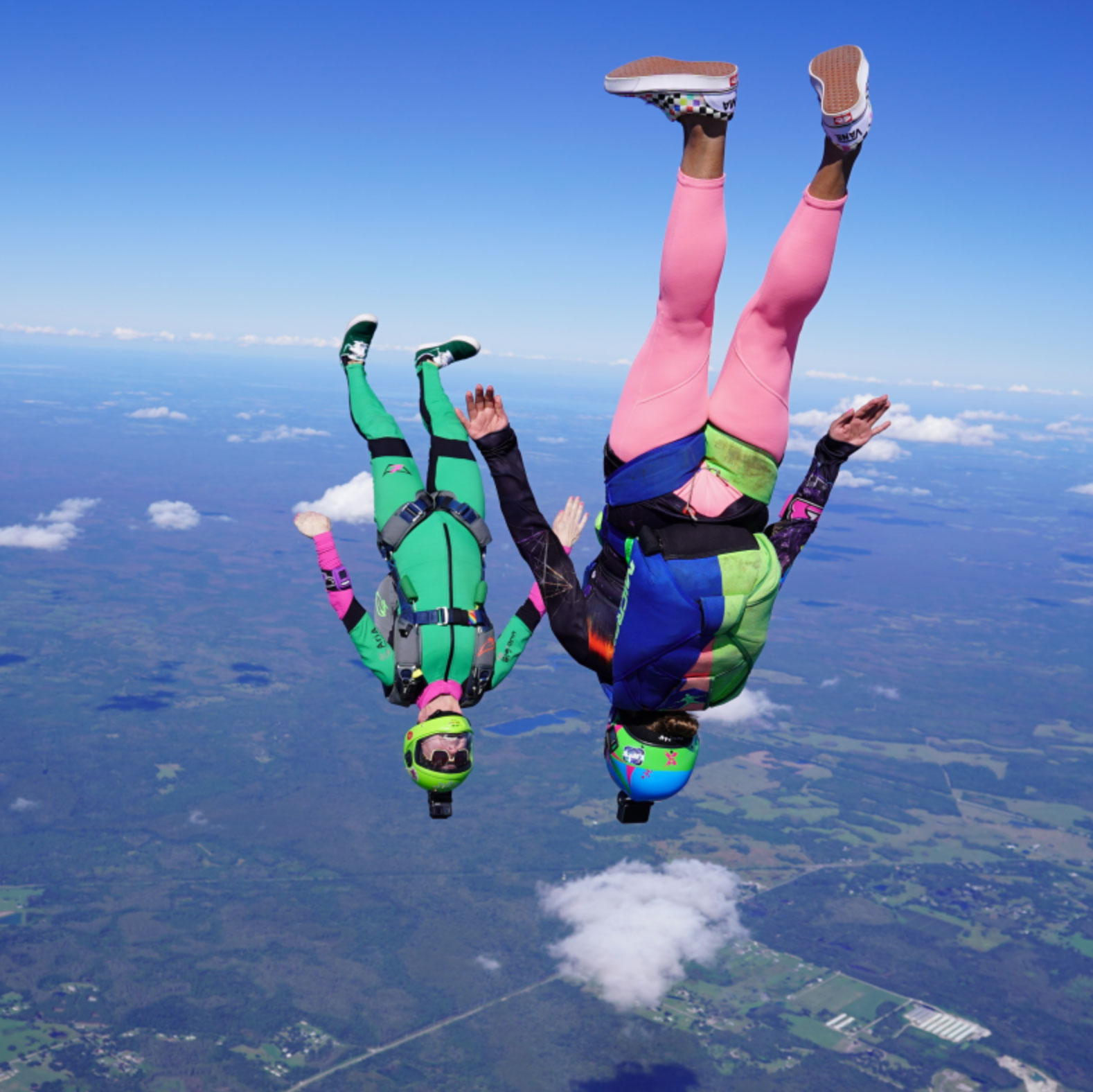
The length of freefall depends on the altitude of the jump. A typical skydive from 10,000-14,000 feet allows for around 30-60 seconds of freefall before parachute deployment. Higher-altitude jumps provide even longer durations of exhilarating descent..
The Physics Behind Falling Speed
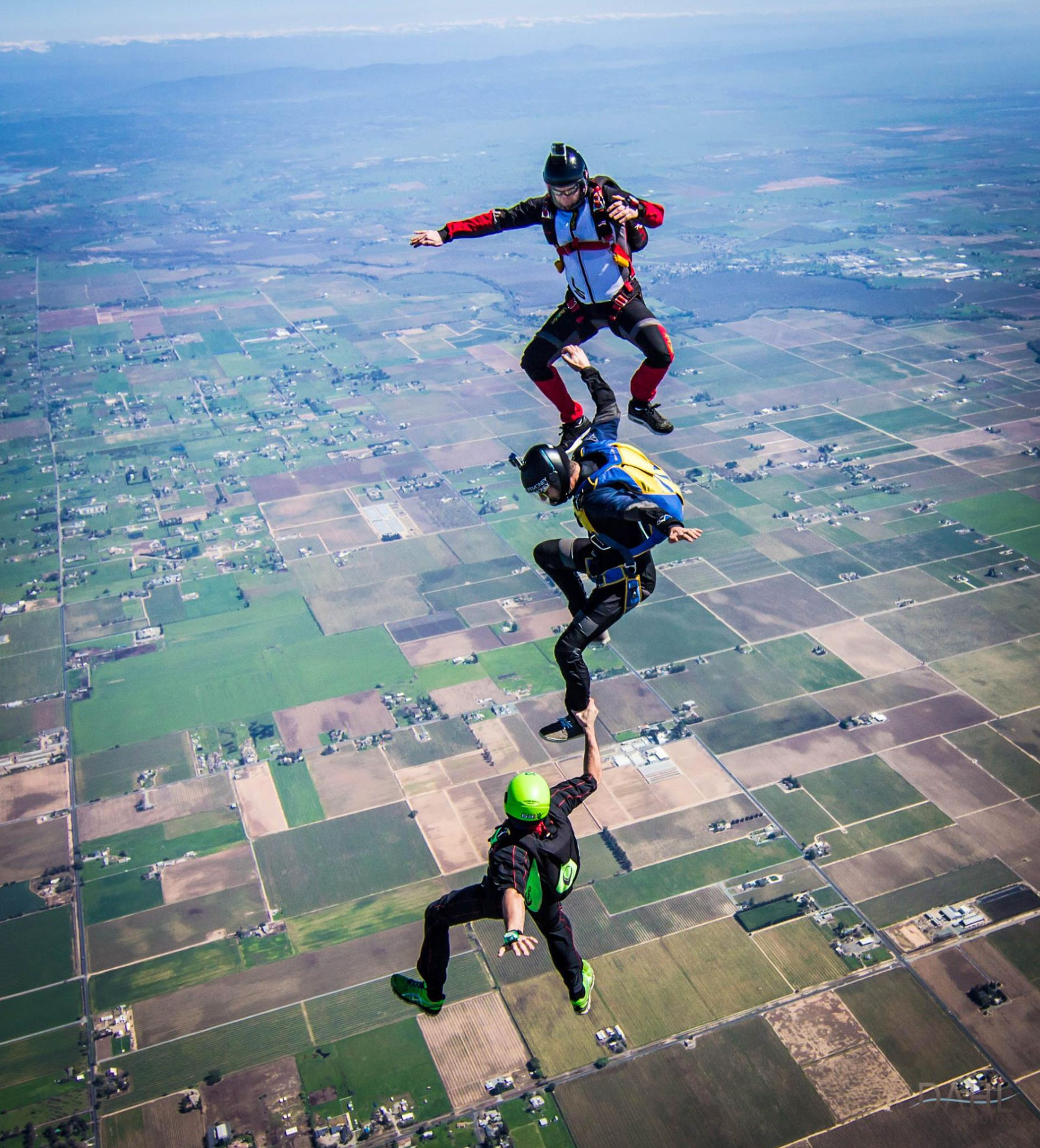
Gravity pulls skydivers toward the earth at approximately 9.8 m/s². However, air resistance counteracts acceleration, leading to terminal velocity. Understanding this balance of forces provides insight into how fast you fall when skydiving and why different factors change your descent speed..
Skydiving Speed VS. Other Extreme Sports
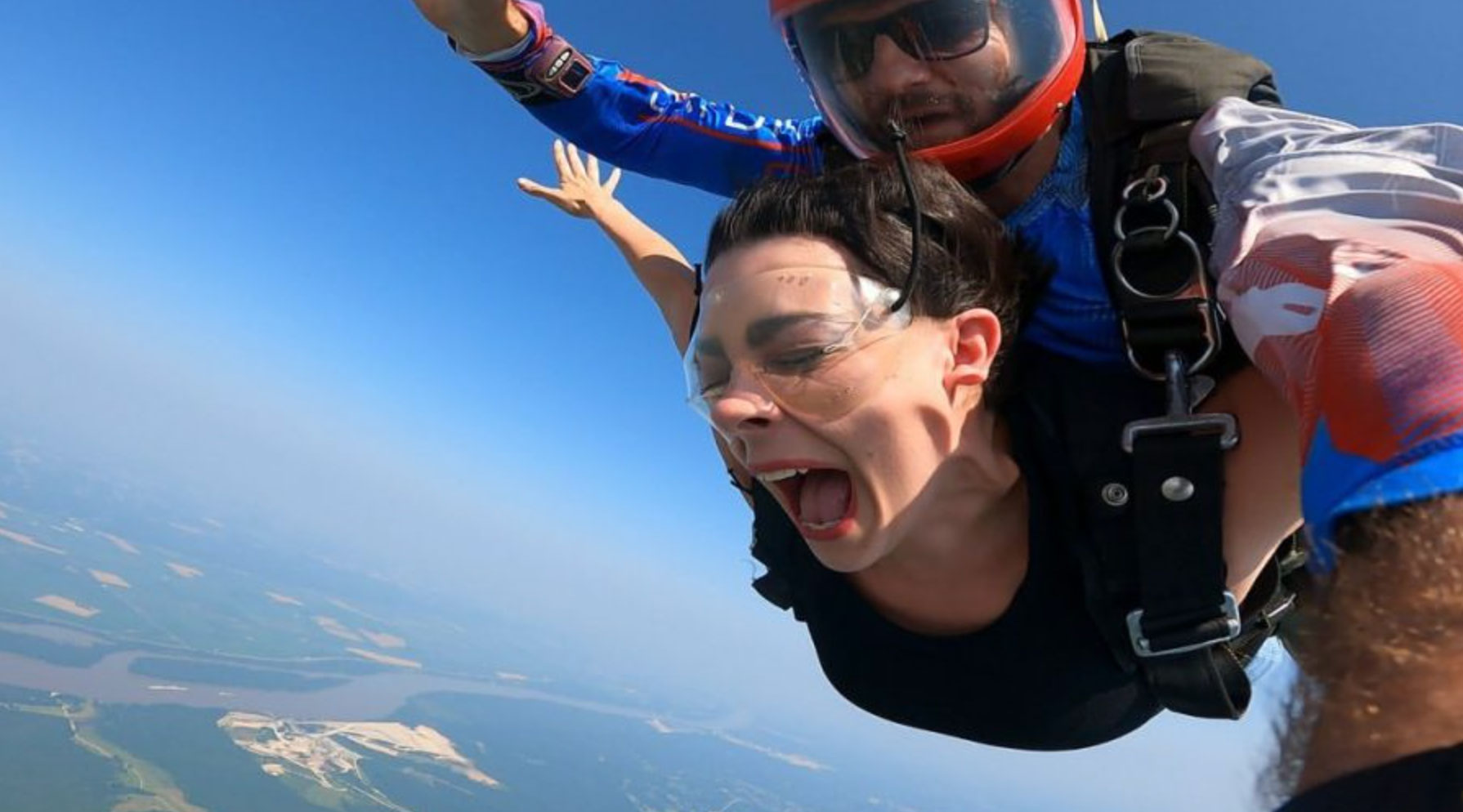
Compared to other extreme sports, skydiving freefall speeds rank among the highest. For instance, bungee jumpers experience lower terminal velocity, while wingsuit flyers manipulate air resistance to control their speed. This makes skydiving a unique experience in terms of sheer velocity..
Knowing how fast you fall when skydiving brings a new appreciation for the sport. Factors like body position, altitude, and parachute deployment influence your speed, making each jump an exciting and unique experience. Whether you’re a first-time jumper or an experienced skydiver, understanding these elements enhances safety and enjoyment. Ready to experience the thrill? Take the leap and enjoy the ride!

